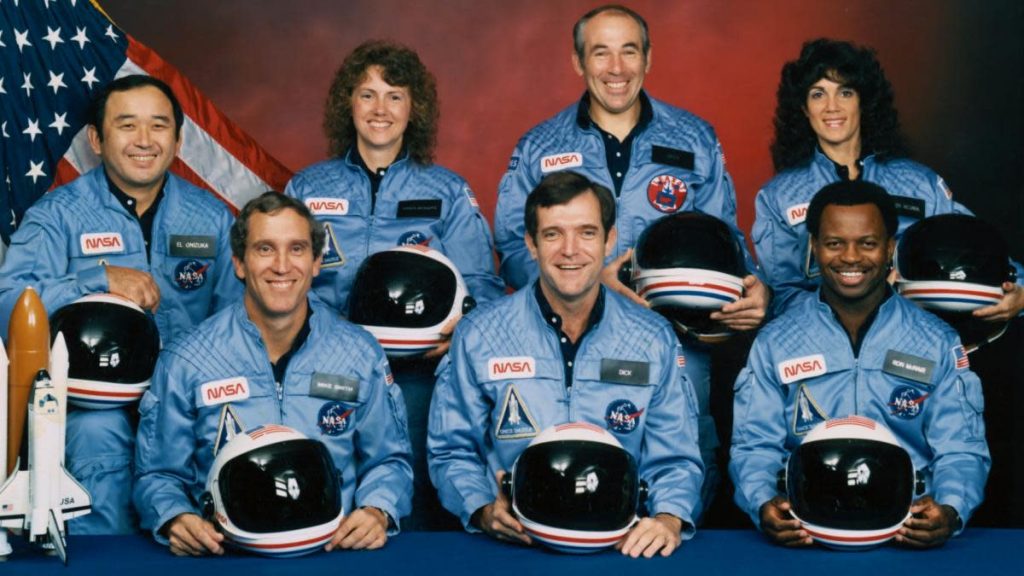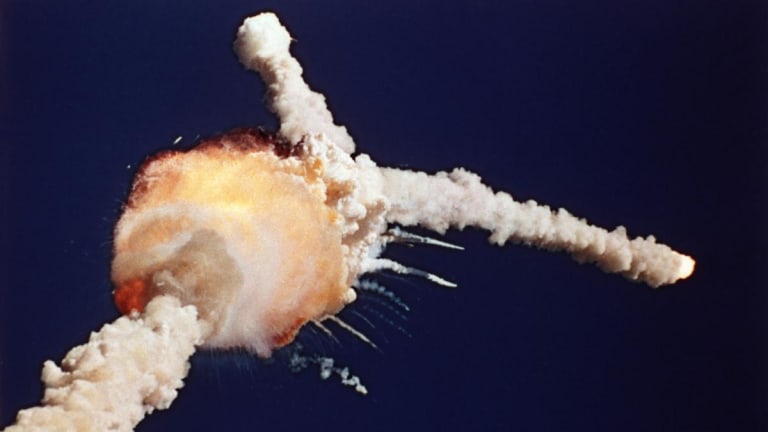35 years ago, I was sitting in my 5th grade classroom watching along with my teachers and fellow students as Christa McAuliffe and the other six members of STS-51-L roared into the air on a cold morning in January, 1986. I was excited to be able to see a launch on TV with my classmates. Little did I know that I was a little over a minute away from witnessing the first of 2 tragic moments in the history of the Space Shuttle program.


I grew up in northern Florida and was always interested in the space program, even at a very early age. My parents would often take me to the library where I would invariably pick out books on rockets and airplanes. I remember reading about the Apollo Program and the early history of NASA and how it captured my imagination. However, as a child of the mid 70’s, the new Space Shuttle program was what I remember getting to see. Even in north Florida, on a clear day I could see the Space Shuttle rising into the sky from my back yard. (though I only remember seeing this once) Shuttle launches had been a regular part of my childhood growing up and they were one of my favorite things to see.
A while back, I noticed a documentary appeared on Netflix titled “Challenger: The Final Flight.” I was interested, but initially resisted the urge to watch it with mixed feelings. After all, I had been there. The images had been seared into my 11 year old brain along with the knowledge of the investigations that came after. I knew what happened and why, and I wasn’t sure I wanted to re-live it. I finally ended up watching it and while the experience was fairly emotional, (particularly the last 2 parts) it was worth it.
The morning of January, 28th 1986, in the last class before lunch, my teacher wheeled out a media cart with a TV for us to watch the launch. We all got quiet as the countdown proceeded. “T-minus 9, 8, 7, 6… we have main engine start… 4, 3, 2, 1 and lift off! Lift off of the 25th Space Shuttle mission and it has cleared the tower.” Challenger rose above the tower as it had before, rolled and pitched over into it’s launch trajectory. Everything looked fine until those final words just a little over a minute into the flight, “Challenger, go with throttle up.”… “Rodger, go throttle up.”
I remember people being confused, perhaps thinking that this was the solid boosters staging, but I knew better. The moment I heard the crackle over the radio and saw the fireball and expansion of the contrail, I knew exactly what had happened. Challenger was gone. Even now as I write this over 35 years later, it’s difficult to hold back my emotions. We were all expecting to see this beautiful young teacher rocket into space, but in an instant my astronaut heroes and their spacecraft disintegrated in front of my eyes.

The documentary tries to tell the whole story, giving background on the engineers at Morton Thiokol, the diversification of the astronaut corps, and the selection of the candidates for the teacher in space mission. It’s a powerful and moving story including interviews with most of the major players and family members of the 7 astronauts who died. Overall, I’m glad I watched this as it’s a reminder that overconfidence and pressure to meet deadlines can be a dangerous combination. If you haven’t seen it, I’d highly recommend it, but bring a box of tissues.

One thing I was surprised the documentary left out was a detail reported in July of 1986, that the crew actually survived the explosion. We know this because when the wreckage of the crew compartment was found, there was evidence that the crew had been conscious prior to their impact with the ocean. This included the discovery that several emergency oxygen packs had been activated and were partially used. Perhaps they left this out as it’s a horrifying thing to think about. However it’s one thing I clearly remember being reported months later. https://www.latimes.com/archives/la-xpm-1986-07-29-mn-19581-story.html